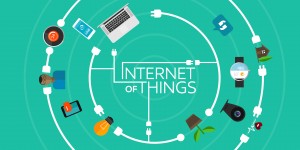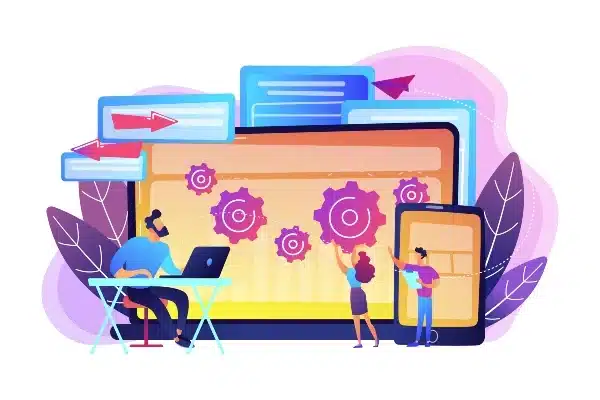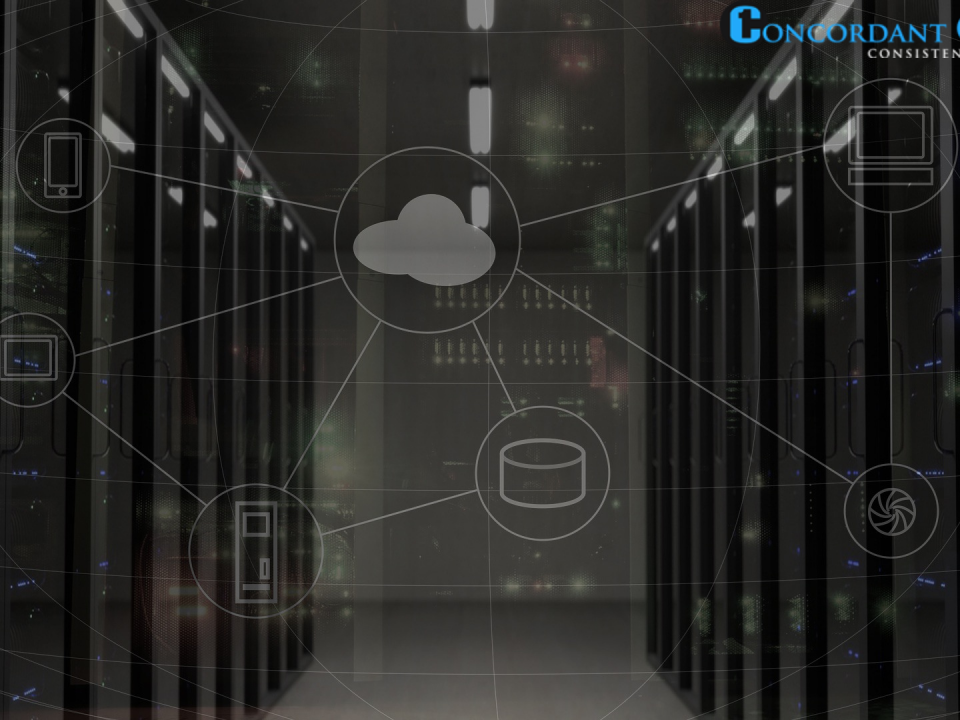How SMB can monetize Internet of Things to the fullest
How to Implement a Risk-Free Cloud Based IT Strategy
September 23, 2016Reasons Why Your Business Needs IT Consulting..
September 18, 2017
The Internet of Things (IoT) has been forecast to be larger and more significant than the emergence of laptops, mobiles, and tablets, all put together. However, in spite of the IoT’s enormous popularity and growth, most organizations fail to cash in on the service revenues from their IoT solutions. Companies should bear in mind that the IoT is all about data; it is the services model that will help organizations monetize and build successful recurring revenue models.
IoT companies should focus on providing products or even services through which they can resell and have an ongoing engagement with the customer. They need to capitalize on the fact that IoT connected devices are always on and capture valuable customer data; they are updateable and extendable.
With this captured data, a recurring revenue model can come into play. Given below are a few points which you could use for your IoT business to generate incremental revenues.
The CMR model
To generate recurring revenue, a product or service must be consumable, measurable and repeatable. known as the CMR model. In order to work, you need all three CMR components. With IoT, what gets consumed and measured on a repeating basis are not products, but data. That’s because IoT products are not disposable Instead they’re designed to last. Their value lies in the data they produce, and, more importantly, in the services that data enables.
When you choose such a model for your IoT business, there are several benefits you derive such as:
- lower cost of sales and re-selling
- more consistent revenue streams
- higher CLV
- offering flexible terms and other benefits to customers due to lower upfront costs
- capability to scale costs with revenues.
Billing Models for Recurring Revenue from IoT
The first thing that you must decide while choosing a recurring revenue model for your IoT business is how to bill or charge your customers for your products and services. There are three primary billing models that you can choose from:
Usage Revenue Model
A utilization or usage revenue model charges per unit of service consumed or used. It can also be called ‘pay-per-use,’ ‘metered usage,’ ‘bandwidth billing,’ and ‘pay-per-view’. The electricity supply service in your house is a good example of this model. The more the electricity used by a household, the higher is the electricity bill or cost to be paid for the services used.
Subscription Revenue Model
A subscription revenue model is a flat-rate based model where you pay a fixed amount for a given period. A simple example of this is a yearly newspaper subscription, in which the subscriber pays to receive the paper for a year.
Subscription Plus Usage Revenue Model
This billing model is a combination of the usage and subscription billing models. In this model, you are charged a subscription fee for any surplus usage billed as extra charges. A good example of this is your mobile bill where you pay a base service subscription fee and a variable usage-based amount for using various services such as data, texts, and call minutes.
An added bonus from IoT: customer data
An added bonus from IoT: customer data of the many advantages companies like these get by offering recurring billing options, customer data may be the most valuable. With its data-centric nature, IoT offers it up in spades. For example, with Noggin, Nickelodeon will gain a goldmine of insights into exactly what, when and how long kids watch the company’s shows on mobile devices. It can then use that data to further hone their mobile subscription offerings.
IoT Products vs. IoT Services for Recurring Revenue – A Comparison
To understand whether you should offer products or services to build a recurring revenue model in an IoT business, you must create IoT products that are steady and last long. Hence, if you want the customer to buy repeatedly from you to generate recurring revenue, you should think of offering IoT services along with products since IoT data is used and frequently measured, unlike its products. Hence, you should focus on delivering value to your customers by providing them with the services that can be enabled by the captured IoT data. Thus, providing services will help you to build a recurring revenue stream and also help develop a long-term relationship with the customer and foster customer loyalty.
Using these points any SMB can monetize its IoT services to its fullest.
(Reference: http://blog.externetworks.com/using-iot-data-to-generate-recurring-revenue-opportunitieshttps://www.ariasystems.com/blog/spinning-iot-data-into-recurring-revenue-gold/https://www.capgemini-consulting.com/resource-file-access/resource/pdf/iot_monetization_0.pdfhttps://iotworldnews.com/2016/05/making-money-from-iot-data/)



